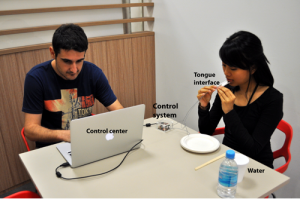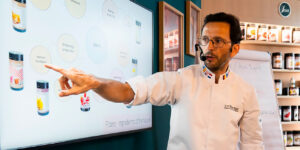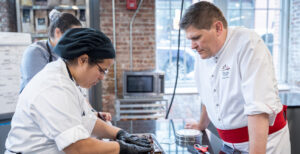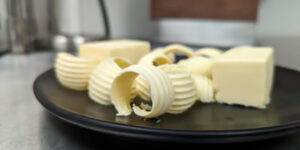Digital Lollipops, can you text me how it tastes?

Author:
Jaume CotThe researcher, Nimesha Ranasinghe, of the Department of Electrical Engineering and Computing of the National University of Singapore, is working on a prototype of what he is calling a “digital lollipop”. This device would be connected to computing apparatus or even to television or mobile phone screens. Then, through the electrical stimulation of the human tongue, it would simulate different taste sensations thanks to a silver electrode that is capable of producing salty, sweet, bitter and sour flavours when in contact with the tip of the tongue. A complex system of temperature changes which operate at a very high speed would then be able to deceive the palette and emulate any particular flavour.
The research is still in the developmental stage and no one knows yet when a complete palette of flavours will exist and if it will be possible to incoporate smells and textures, which are determining factors in convincing the brain to believe that a virtual taste is real. Nimesha Ranasinghe is certain that this technology could be used one day in the world of television and for commercial purposes, for example, so that announcers can better communicate the flavour of products to viewers.
 Medical applications also look promising, both to comfort patients and individuals who cannot tolerate certain foods with simulations of those foods, and in helping the recovery of the sense of taste among those people who have lost sensitivity, for example, during chemotherapy treatments in cancer patients.
Medical applications also look promising, both to comfort patients and individuals who cannot tolerate certain foods with simulations of those foods, and in helping the recovery of the sense of taste among those people who have lost sensitivity, for example, during chemotherapy treatments in cancer patients.
Of course, we also hope that this technology will one day reach the workshops of the professionals and allow them to share the newest and most stimulating tastes without us having to move from the screen of our electronic device.


